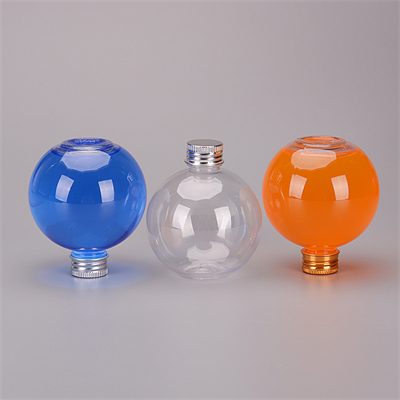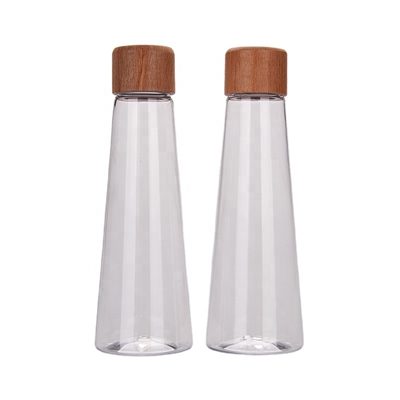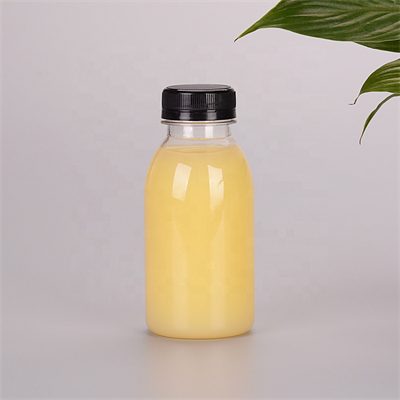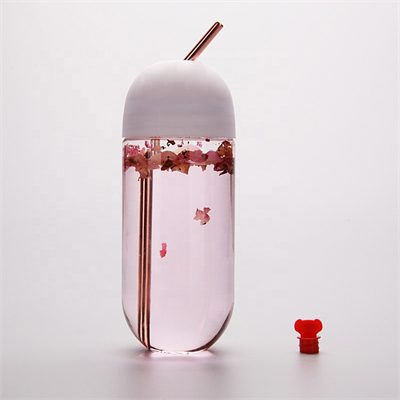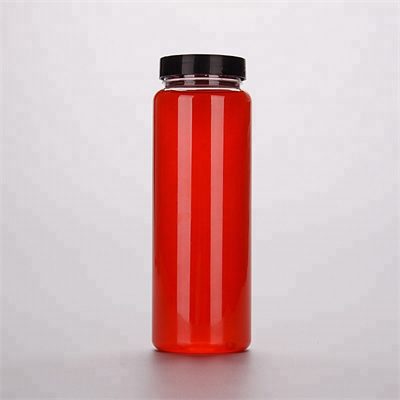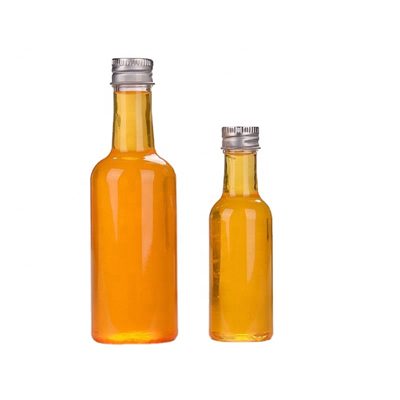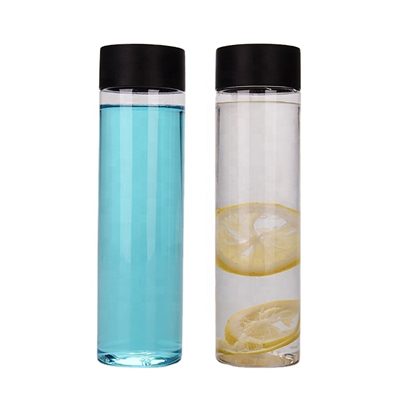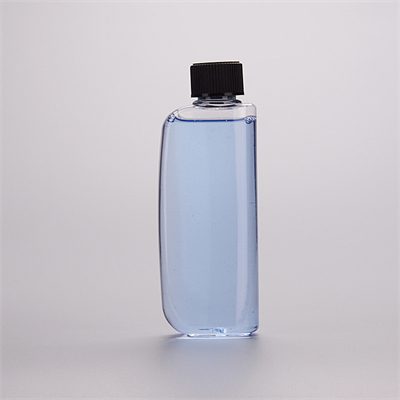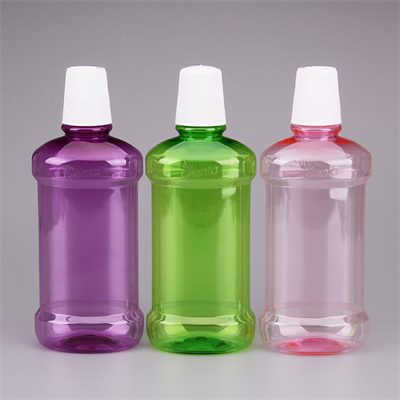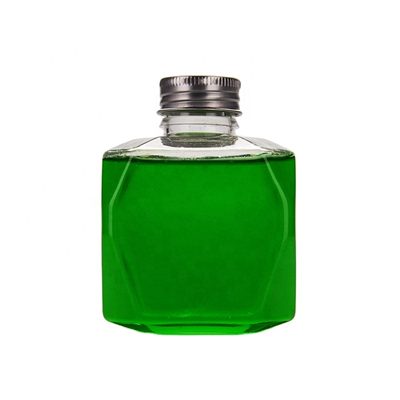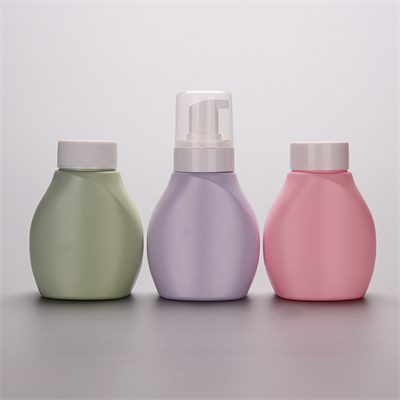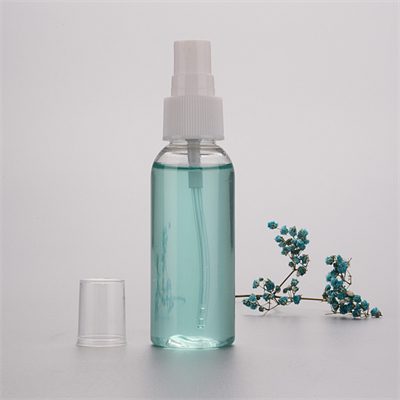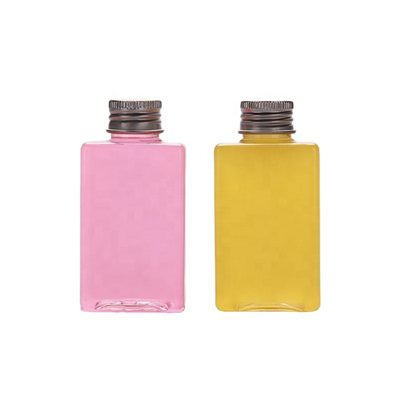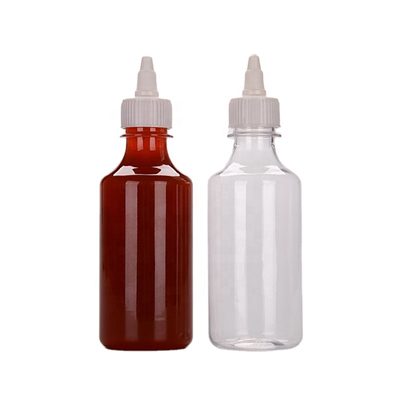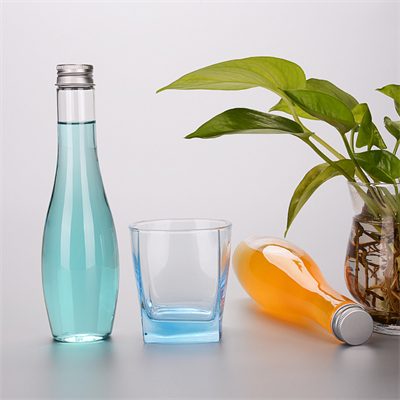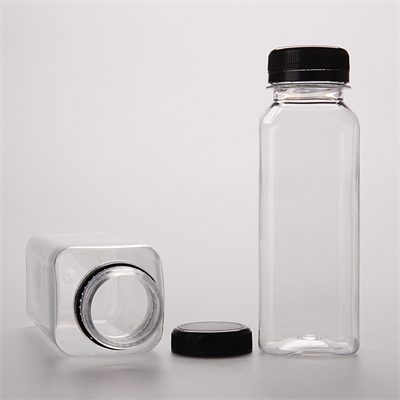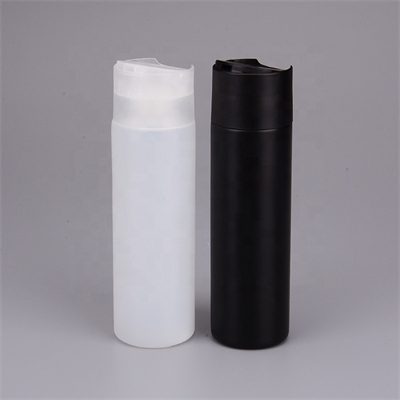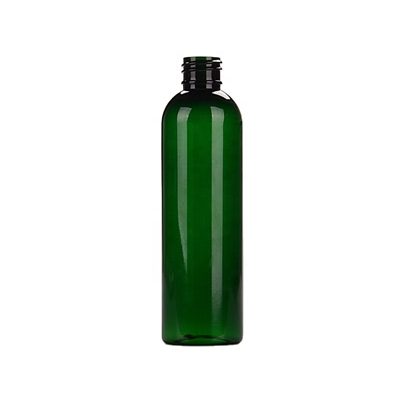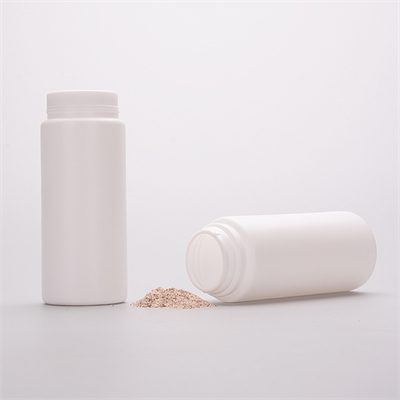Introduction to common plastic bottle materials:
The more common ones are PET, PP, PE, PC and so on.
PET bottles are transparent, non-toxic, impact-resistant, and not resistant to high temperatures. They generally contain mineral water, cola, peanut oil, and cosmetics. They must be filled cold and used for one time (not high-temperature sterilization).
PP bottles are non-toxic, transparent, and have certain heat resistance and impact resistance. Generally, they can be filled with fruit juice drinks and shampoos. They can be hot-filled (very important for fruit juice drinks). They cannot be autoclaved and have poor transparency.
PE bottles are similar to PP bottles. They have better toughness than PP, but they are less rigid and heat resistant, and have good solvent resistance. The plastic soy sauce bottles seem to be PE bottles. A small amount of wine and kerosene can be used temporarily.
The PC bottle is transparent, impact-resistant, high-temperature resistant, and the material is relatively expensive. The 5-gallon pure water bottle is the most used and can be sterilized by high-temperature steam.
The key depends on what you want to install, whether it is corrosive, appearance requirements, etc., and decide what material to use.











